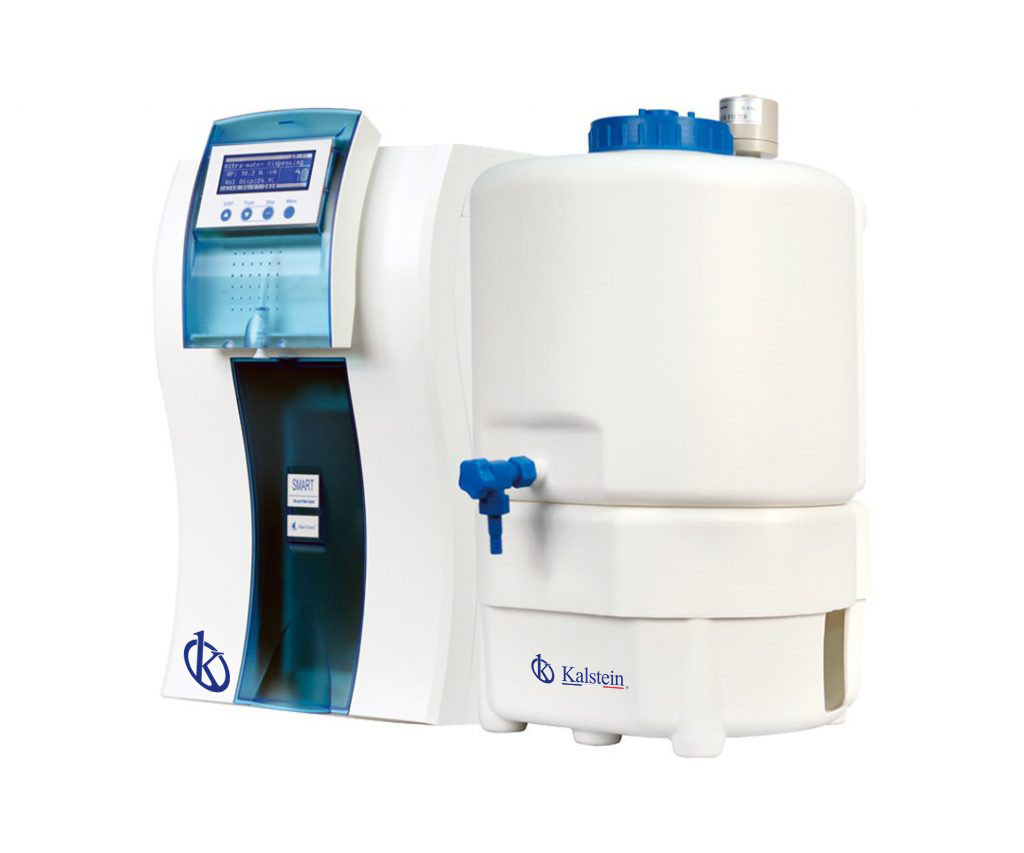To carry out precise and efficient experiments at laboratory scale it is necessary that the incorporated water is of high quality. Water is an essential resource for successful experiments, its physicochemical and biological characteristics make it suitable for certain uses. To obtain optimal analytical results, water should be used with a quality according to the methodology to be used and the available technology. At present, there are different levels of purity that vary depending on the properties and composition of this substance; these are regulated by different standards that establish references according to their applications, among these are the American Society for Testing and Materials (ASTM), British Standards Institution (BSI) and the International Organization for Standardization (ISO).
Water purification systems
The quality of water at laboratory level varies depending on the purification systems, the analytical purpose and the quality that certain applications need. The water used in the laboratory depends on the quality criteria that the user requires to carry out a certain process. There are different systems for obtaining purified water:
- Ion exchange: This type of systems uses ion exchange resins for the demineralization of water in a total way. This process consists of passing the fluid on a resin that performs the function of a solid cation and/or anion exchanger, replacing the cations and/or anions with the hydrogen ion (H+ ) and/or the hydroxyl ion (OH- ) respectively.
- Reverse osmosis: it is a physical-chemical treatment that simulates the processes of nature to remove impurities from water, consists in passing at high pressure the fluid through semipermeable membranes that filter the minerals and microorganisms.
- Ultraviolet light: It’s a simple, effective and environmentally safe system. It allows the complete disinfection of biological organisms such as viruses, bacteria, cysts, protozoa, fungi, etc.
However simple it may seem, having laboratory-scale water purification systems is indispensable. Without quality water for experimentation it would be impossible to obtain reliable results. Hence the importance of maintaining these water treatment and pre-treatment systems, to avoid the prolonged unwinding of equipment and the appearance of leaks.
Recommendations to follow in case of water leakage in treatment systems
- If leakage occurs, the purification system should be initially evaluated, if necessary removed, cleaned or replaced.
- Assess the seals at the points that are in contact with the surface of the equipment. Determine if there is pressure drop in the filters or decreased output flow. If so, rectify the seals with silicone, or uninstall if necessary.
- When detecting the source of the leak, to correct it it is necessary to close the passkey, disconnect the equipment, drain the pipes and dry them outside.
- If the leak occurs after maintenance, make sure the filters are installed properly.
Tips for extending the life of filtration systems
- Before installing any water treatment system or equipment, it is necessary to evaluate the source of the water that will be subjected to the process. The chemical composition (chlorine load and other chemical agents, amount of minerals), and the microbiology it presents.
- In systems such as membrane systems, swelling can be favored, leading to deterioration of the membrane and eventually rupture. Depending on the type of water used as a source of supply you must use pre-filtration systems to absorb larger fragments, such as chlorine.
- Keep track of operation to determine the optimal filter replacement point.
- Periodically evaluate the minimum efficiency value to control the proper functioning of the equipment.
In Kalstein we have different purification systems that fit the user’s requirements. Our water treatment equipment has outstanding features such as simplicity and simplicity in installation, handling, and maintenance. In addition, it has an integrated control system that allows monitoring the conductivity of water, has a temperature compensation system and a leak sensor. Find out more about the different types of systems Kalstein has to offer you. Visit our website: HERE If you require information for PURCHASE or SALE, please contact us.

